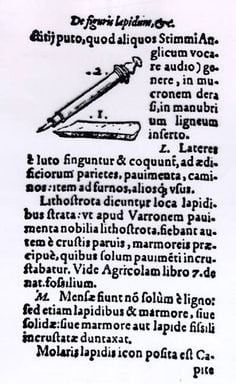Have You Ever Wondered of the Unparalleled Invention of Pencil?
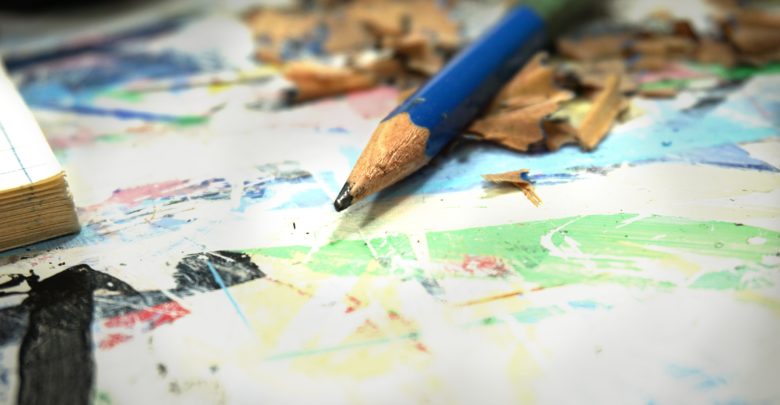
There is no denial of the fact that every one of us, must have used Pencils in our childhood. But have you ever wondered, who has made this unparalleled Invention of Pencil? Pencils have been our companions for a long time. Whether it was the time when we used to make those mountain-river paintings, or while writing for our exams, actually we used them almost everywhere in our child time. Even till today, while making project layouts, or solving complex computations and calculations, we use pencils.
It has been said that the pen is mightier than the sword. But, in reality, it’s not the pen but its neglected cousin, the pencil which is the most powerful one. A small bit of rubber attached to its trailhead makes it the mightiest invention of all time.
However, before the innovation of wood-cased pencil, things were not as easy as they are to do, nowadays. In 1858, Hymen Lipman introduced the pencil with an attached eraser on its trailhead. The pencil used before that time was more of like a paintbrush. It was being constructed from a hollow wood tube, filled with tidily arranged animal hairs. People used to write or draw thin lines using that lookalike of a paintbrush.
Who invented the first graphite Pencil?
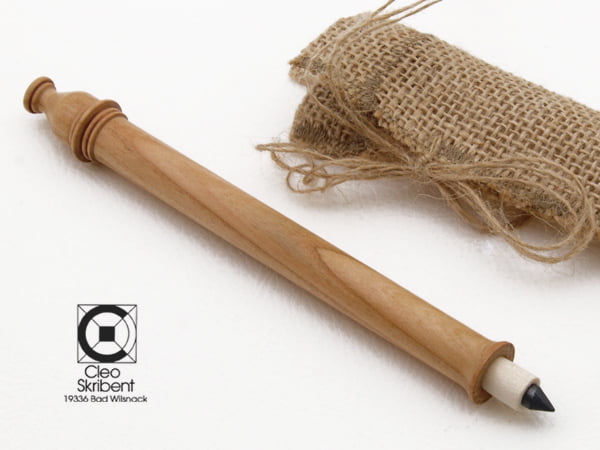
Who invented the first graphite pencil? There is no clear answer to this. But, there are certain descriptions where Henry Petroski has mentioned the name of a Physicist, Konrad Gesner regarding the same. Henry Petroski was an American engineer specializing in failure analysis. There are certain other glimpses of Pencil’s remarkable history in the Petroski’s descriptions. For instance, Johann Mathesis’s book-“A new discovery for writing”, also gave some illustrations about the use of pencil even before Gesner’s time. But none of them laid strong foundations for the invention of Pencil. As neither of them received any credits for the Invention of Pencil. They had only expressed the benefits which the discovery had made to the ordinary people.
Evolution of Pencil
The glimpse of the actual imitation of the nowadays graphite pencils can be seen in Ben Block’s Life-Cycle Studies: Pencils. It is mentioned in the book that those imitated versions of graphite pencils were made using large deposits of the pure graphite material, discovered by the Shepherds. The material was easy to cut and even wrote very well. Besides, People of that time used loaves of bread as their erasers. Those bread pieces when rubbed against the paper removed impressions of graphite from it.
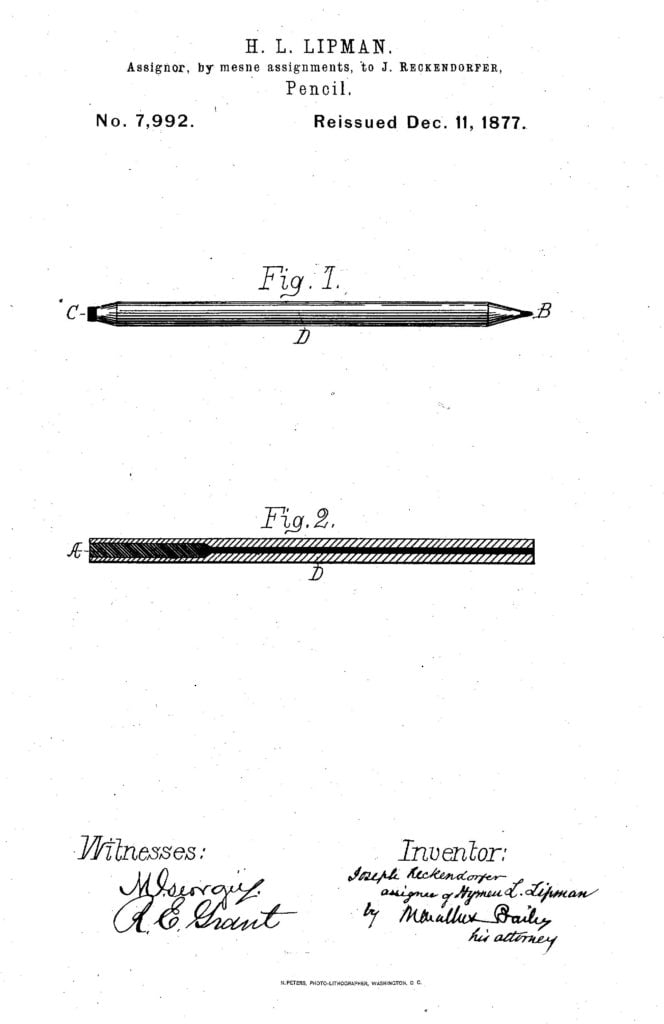
On March 30, 1858, Hymen Lipman patented an invention in his name. That Patent was for combining the graphite pencil and an eraser. Joseph Reckendofer then further brought up the patent, who, in his application, explained the construction of the pencil. According to him, a lead or graphite is laid in a hollowed out interior groove at one end of the wood casing. On the other end, a wider groove is carved and a little stick of rubber eraser is laid and glued. In this way, one can sharpen the pencil at both ends.
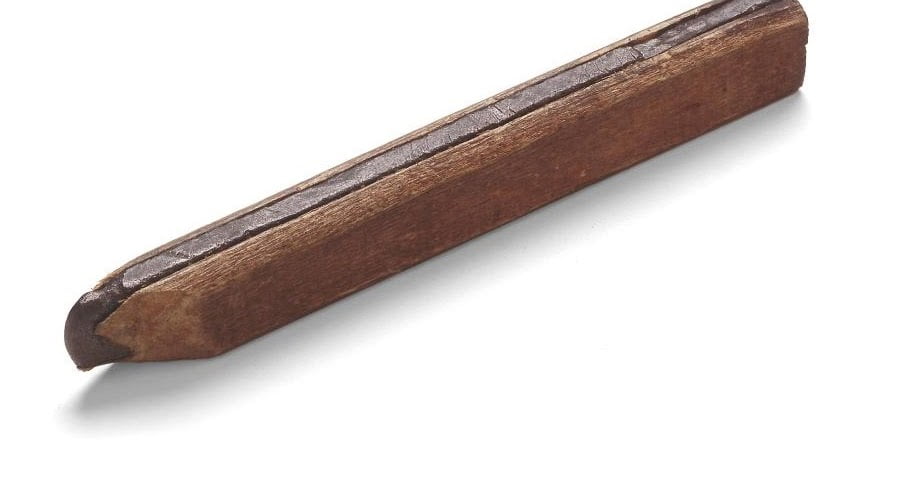
Unfortunately, a German firm, Faber-Castell, later on, overturned the patent. The firm attached the eraser to a pencil using a metal ferrule. As Lipman neither invented pencil or eraser, the authorities claimed the Lipman’s invention to be invalid. But, the non-defying truth is that without Lipman’s contribution to the prevailing design of pencil, we still might have been using bread as the measure for rectifying our mistakes.
Controversy over the Invention of Pencil
The invention of the pencil has a controversy associated with it. It appeared when teachers of that time gave their opinion regarding pencil. They blamed the eraser provided at the top of pencils for the increase in carelessness among students while doing their daily work. But, no doubt, this has tremendously increased the pace of completing any other work. It has relieved everyone from the agitation of committing mistakes or errors. So, on and all, Pencil has become one of the most useful and popular writing tools. We can see this invention everywhere. Right from the hands of ordinary students to giant inventors, architects, mathematicians, artists and even renowned scientists.
Also Read: The evolution of Eraser
Read also – The evolution of Eraser
